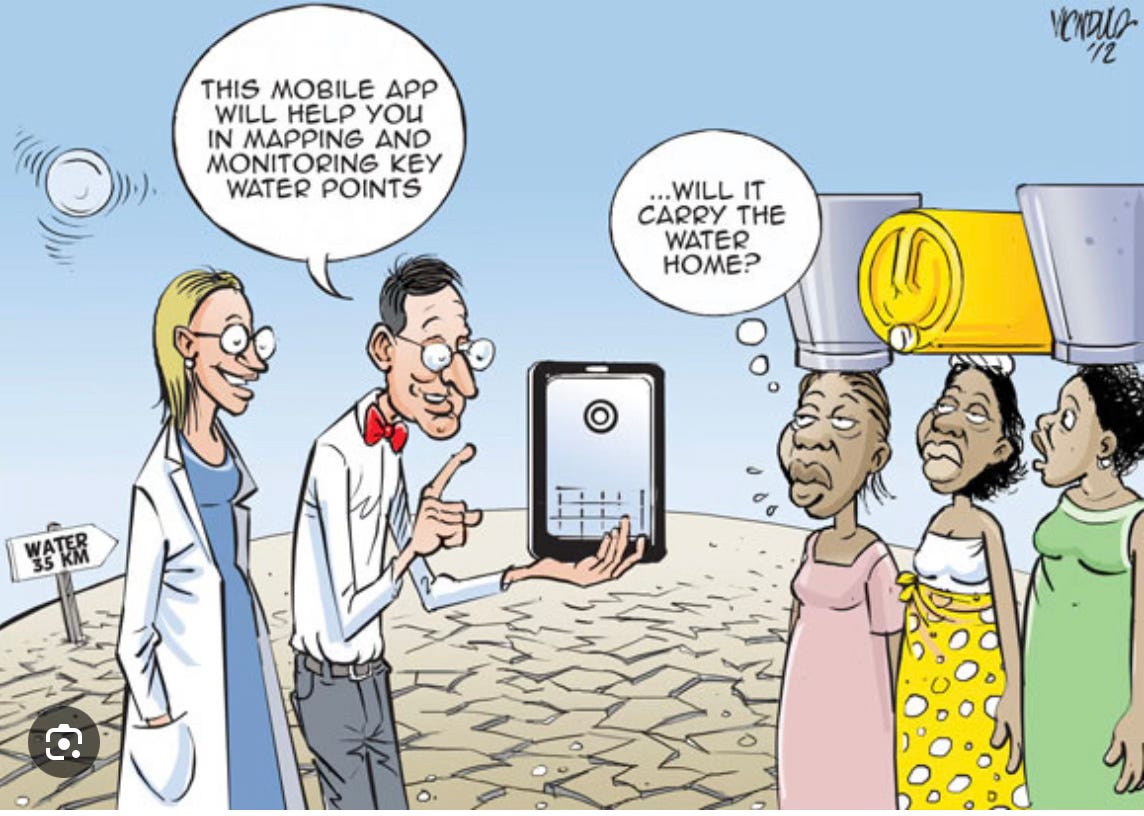There’s a widespread impression that persistent and deep-rooted problems and deficiencies in public systems can be addressed by digital solutions. It’s almost an article of faith that workflow automation of the kind that’s now pervasive in the private sector can be easily applied to public systems for similar uses.
Accordingly, over the last two decades, software applications with telemetry systems to manage and monitor transactions have been thought to have transformative potential in public policy and governance. Experts and tech optimists have extolled the benefits of these e-governance applications and projected them as low-hanging fruits with transformative potential.
Doubtless, there have been some notable successes with e-governance. The biggest and most salient have been with the online processing of applications for statutory services like municipal services, permits and licenses, property registration, birth and death registration, and most iconically, the passport seva kendras.
But there are numerous examples of evidently digitisable logistical activities where success has proven elusive. Consider the following tasks that involve services offered by or activities within governments and those which suffer from serious problems (leakages, inefficiencies, etc.).
1. Procurement of drugs, vaccines, and other consumables by state governments, indenting of requirements by field units from Primary Health Centres to tertiary care facilities, distribution of drugs to the field units, and inventory management at all levels (from central and district drug stores to field units).
2. Workflow automation of the procurement of paddy at procurement centres, conversion to custom milled rice (CMR) by rice millers, and distribution of CMR to state government stock points and then to Fair Price Shops, and the distribution by FPS as part of the Public Distribution System (PDS). And the settlement of the food subsidy accounts associated with each transaction from procurement to distribution.
3. Allotment of rice and other items to mid-day meal programs and residential education schools and hostels, indenting by these institutions, and inventory management at all levels.
4. Monitoring of attendance of thousands of officials across schools/hostels, hospitals, anganwadis, and other widely dispersed facilities.
5. Monitoring maternal and child health outcomes of pregnant and lactating women and infants through the four ante-natal checkups, delivery, seven post-natal checkups, and all the 10-12 immunisation doses.
6. Recording of the bill of quantities of work executed in case of infrastructure works on the statutory Measurement books (M-Book). More generally, the processes of bid management, tender awarding, work agreement documentation, bill recording, check measurements, payment processing, other administrative actions (time extensions, quality control checks etc.), and work closure.
7. Data acquisition systems that track and render on dashboards real-time information on the flow of water from the treatment facility along trunk lines to intermediate reservoirs (ground-level or overhead), and downstream to smaller distribution areas. Similarly, systems that track and render the flow of electricity from upstream 132/33 kV and 33/11 kV substations to distribution feeders and downstream to distribution transformers.
8. Digitisation of post-harvest activities like assaying and grading, contracting between buyers and sellers, delivery of produce, and accounts settlement at notified agriculture marketplaces (implementation of e-NAM).
In each case, there are serious implementation deficiencies or failures associated with the underlying transactions. There are either substantial subsidy leakages or monitoring challenges. And in theory, the digital solution has the potential to address them effectively.
They are also areas where several rounds of e-governance applications have been experimented over the last two decades. Governments at central, state, and local government levels have responded with applications covering a vast range of sectors. They have been supplemented with similar efforts by aid agencies and philanthropies.
Over nearly two decades, successive generations of officers at each level have experimented with applications spanning all these activities. At best, and that too very rarely, they have succeeded partially, but most have not survived the official or politician who implemented it.
Despite these long-drawn series of efforts, I don’t think there’s even a single instance in any of these areas where the digital solution has solved the underlying problem at least in one state or city or agency. The underlying problems have remained just as persistent.
Note that there will be several claims of successful IT applications involving the aforesaid problems and awards bestowed on them. We must go beyond the headlines and scrutinise the actual outcomes of those claims (whether the IT solution has actually resolved the underlying problems in any meaningful manner or not).
There are several reasons for these failures. I have blogged here, here, here, and here, examining some of the reasons. The point of this post is less to examine the reasons and to draw attention to this headline reality of consistent failure to address the problems despite the numerous attempts.
My big concern, therefore, and a reason for urging caution with digital solutions (as articulated here), is that the mere adoption of these solutions invariably instils a sense of complacency in the system that detracts from the good old-fashioned problem-solving of these issues that are essential for their meaningful resolution.
For all their apparent simplicity, each of these involves realigning a powerful set of entrenched vested interests that are impervious to technological innovations alone. Such applications face daunting technical and implementation challenges. On the technical side, they require very careful and thoughtful design and iterative adaptation once rolled out. On the implementation side, they require stakeholder ownership and change management. The technical aspect must be complemented with robust governance and strong stakeholder engagement for the solution to stand any chance of success.

No comments:
Post a Comment